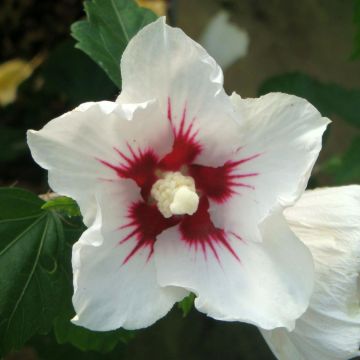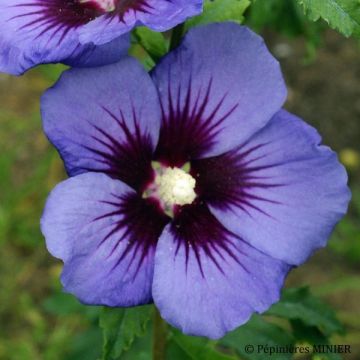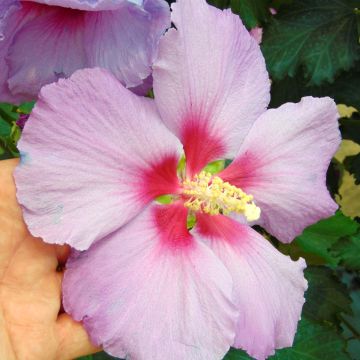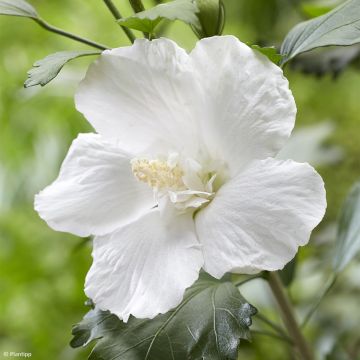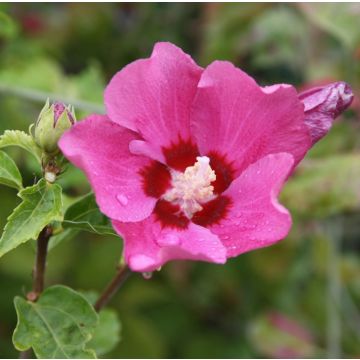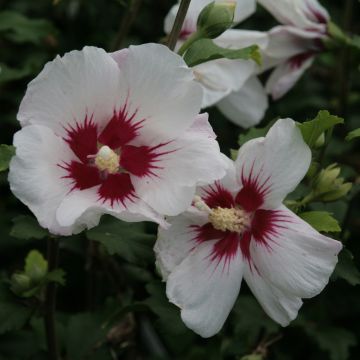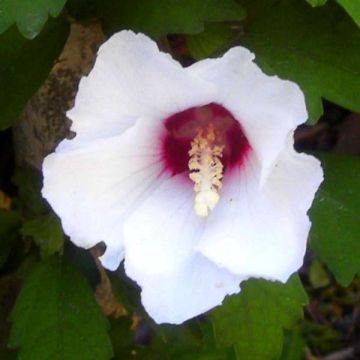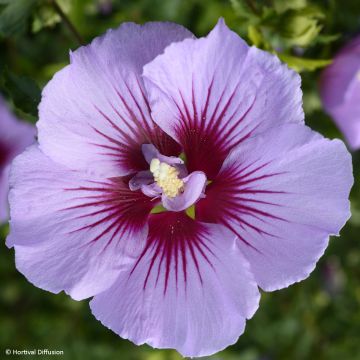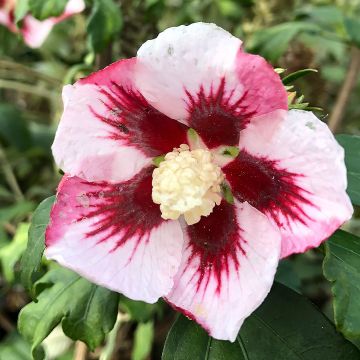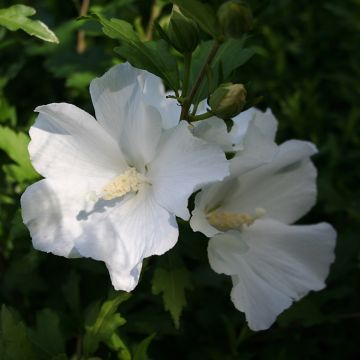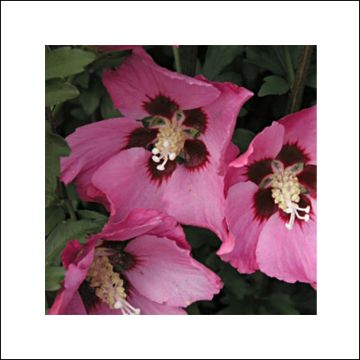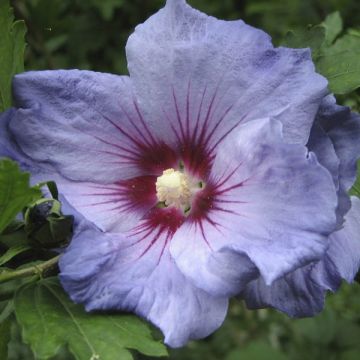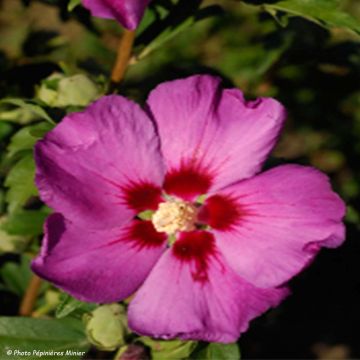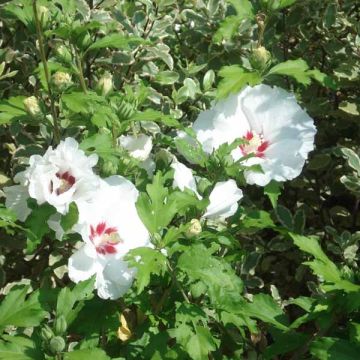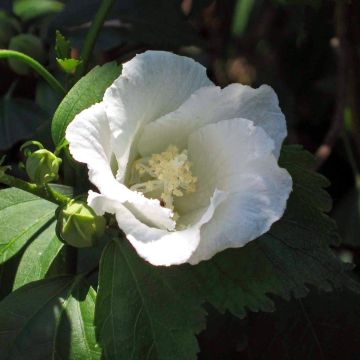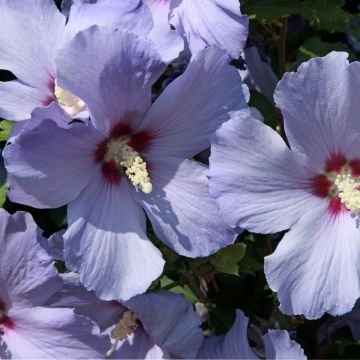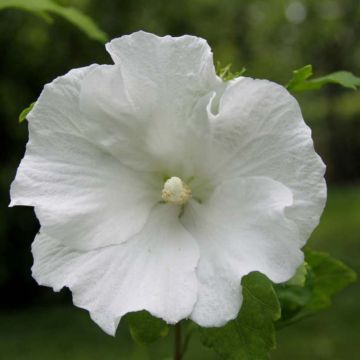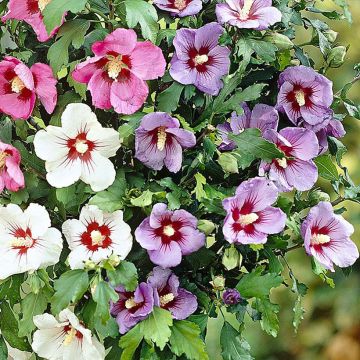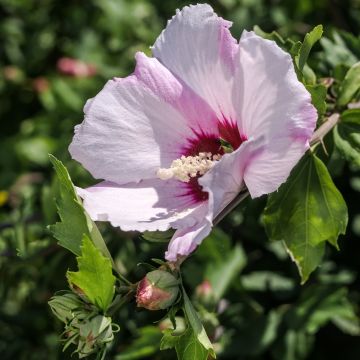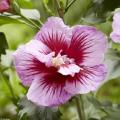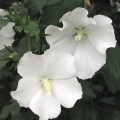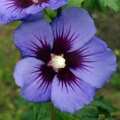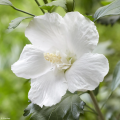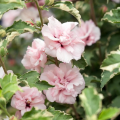Single Hibiscus
Does this plant fit my garden? Set up your Plantfit profile →
Available in 3 sizes
Available in 3 sizes
Available in 2 sizes
Available in 2 sizes
Available in 4 sizes
Available in 2 sizes
Available in 1 sizes
Available in 1 sizes
Available in 3 sizes
Available in 2 sizes
Available in 2 sizes
Available in 2 sizes
Available in 2 sizes
Available in 2 sizes
Available in 1 sizes
Available in 2 sizes
Available in 3 sizes
Available in 1 sizes
Available in 2 sizes
Our range of single-flowered Hibiscus or Rose of Sharon. These floriferous shrubs, also known as Garden Hibiscus, are known for their old varieties such as 'Woodbrige' with bright pink flowers and red throat or 'Oiseau Bleu' with lavender blue corollas. The tree mallow is now available in many single-flowered varieties in a beautiful range of pastel or vibrant colours. Let's not forget Hibiscus syriacus 'Red Heart', with large white flowers and a bright red heart, 'Flower Tower White', pure white, or the astonishing rose of Sharon 'Hamabo' with white flowers marbled with pale pink and beautiful deep red spots near the centre.
Hibiscus syriacus are highly appreciated for their long flowering period, from summer to autumn. These shrubs, which can reach a height of 2 to 4 metres, are perfect in a loose hedge or a border. Very decorative, they are also robust, hardy, and easy to grow. Rose of Sharons adapt to a wide range of soils and tolerate summer drought once established.
Maintenance for hibiscus is minimal: light pruning in spring to remove dead wood and promote vigorous growth is usually sufficient. They are also quite resistant to diseases and pests.
.
Haven't found what you were looking for?


































